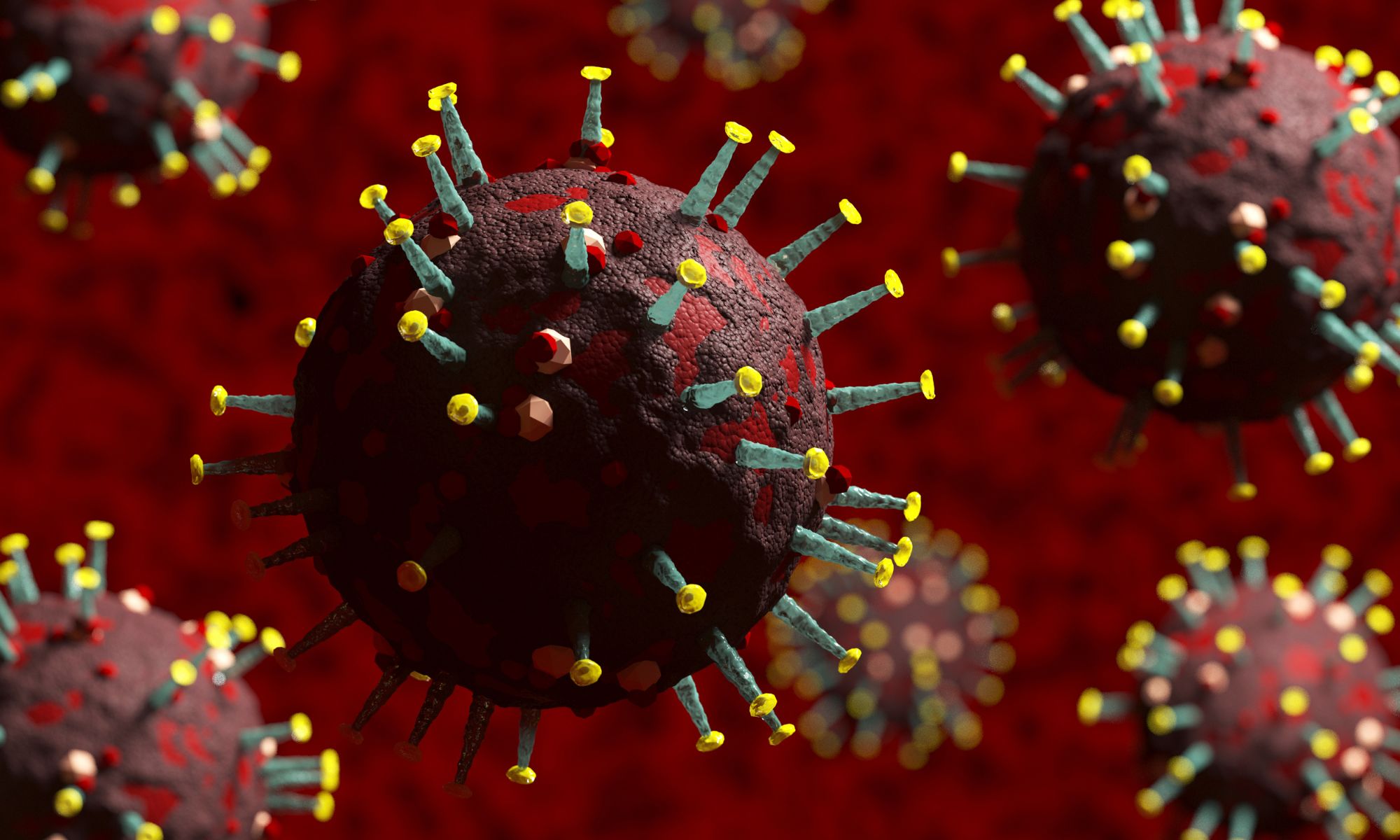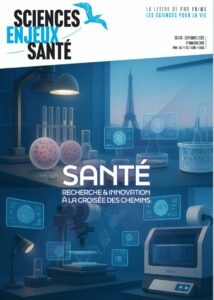
NAMs : a ‘Complement’ to animal experimentation?, IHB New Co-Director for computational biology, Preclinical : Vivodyne replaces animal testing, A Bioprinted 3D lung model and more
News on non-animal methods
JUNE 16 - 20, 2025NEWS, REPORTS & POSITION STATEMENTS
1. 3rd European Commission workshop to establish its roadmap for the phasing out of animal testing
On 16 – 17 June 2025, the European Commission (EC), in collaboration with ECHA, organised a third workshop to discuss the roadmap to phase out animal testing for chemical safety assessments. The purpose was to present recommendations and milestone proposals of the roadmap for stakeholder consultation.
Watch the DAY 1 and DAY 2 sessions
2. EFPIA’s Recommendations : Paving the Future Beyond Animal Testing
The European Commission’s roadmap to phase out animals for chemical safety testing is on the horizon. Helping to shape a roadmap that could redefine the very foundation of how we assess medicine safety is daunting, while at the same time exciting. The past few years have marked a transformative shift in how we think about science, ethics, and innovation.
This isn’t about quick wins. It’s about investing in real solutions : organ-on-chip technology, AI-driven toxicology, and collaborative global research. The future of safety science will be smarter, faster, and — most importantly — more ethical.
Read EFPIA’s latest recommendations on phasing out animal testing for chemical safety assessments
3. Making NAMs a ‘Complement’ to animal experimentation : The Trojan Horse of the animal-industrial complex
The growing sophistication of NAMs reflects unprecedented technological advances in biomedical sciences, artificial intelligence and tissue engineering. In a recent editorial, Zaher Nahle, Johns Hopkins University Carey Business School Dean Scholar, cautioned against torpedoing the principles of the 3Rs and hijacking the scientific and technological progress made of late in NAMs and human-relevant investigations.
The distractions of developing animal-based NAMs to study humans undermine the momentum of late made towards bolstering human-relevant methodologies. Packaging NAMs as complements to animal experimentation, while misleading, can be appealing to legislators who are always looking for collaborations among constituent groups. In this analysis, the ‘complements’ narrative, intentional or not, is not helpful for advancing NAMs in human-relevant investigations. An urgent role for health agencies.
4. Delivering regulatory impact from consortium-based projects
Public – private partnerships (PPPs) that bring together key players involved in biomedical research are now a well-established approach to addressing challenges in medical product development. Many of the previously existing barriers to such multi-stakeholder collaborations have been surmounted, and trust has been built across the spectrum of stakeholders.
However, simply establishing cross-sector consortia does not guarantee a successful outcome. It is crucial to define what the objective is and rally all stakeholders to buy into that objective, as they often have different priorities and expectations. A recent article published in Nature highlights several areas that should be emphasized.
5. EMA’s Q&A guidance on phasing out RPT
EMA has published a Q&A guidance on phasing out of the Rabbit Pyrogen Test (RPT). This follows a revision of the European Pharmacopoeia, which removes the RPT requirements and means medicines developers should select a suitable in vitro test to control the pyrogenicity of their product, based on a risk assessment as described in the new general chapter 5.1.13.
The revisions have an implementation date of 1st of July 2025. The Q&A describes what actions need to be taken to remove the Rabbit Pyrogen Test from marketing authorisation dossiers for human medicines.
INTERVIEWS, NOMINATIONS & AWARDS
6. Gaudenz Danuser named IHB Co-Director for computational biology
The Institute of Human Biology welcomes Gaudenz Danuser, Co-Director for Computational Biology. Under his leadership, Roche aims to build a new research core with bespoke capabilities to drive breakthrough discoveries in human biology.
Gaudenz is a distinguished academic leader renowned for his seminal contributions to biomedical informatics, AI, and computer vision, particularly in the field of cancer cell biology. In his previous position, he held the Patrick E. Haggerty Distinguished Chair in Basic Biomedical Science and was the inaugural Chair of the Lyda Hill Department of Bioinformatics at UT Southwestern Medical Center, where he also served as the Director of the Cecil H. and Ida Green Center for Systems Biology.
INDUSTRY, BIOTECH & PARTNERSHIPS
7. Vivodyne to replace animal testing with $40 million funding
Biopharmaceutical companies routinely cure diseases in animals during preclinical testing, yet those same therapies fail in human clinical trials nearly 95% of the time. By shifting from animals to an exclusively human optimization preclinical process, Vivodyne has raised $40 million in new Series A financing to scale its robotics+AI approach to testing on thousands of lab-grown, fully-functional human tissues, and the massive amount of human data they generate.
With the new financing, Vivodyne will open a 23,000-square-foot fully robotic laboratory at Genesis Marina in South San Francisco. The new facility significantly increases preclinical human testing capacity to meet surging demand from global pharmaceutical clients, particularly spurred on by the recent commitments by FDA and NIH to move away from less-predictive animal models.
SCIENTIFIC DISCOVERIES & PROTOCOLS
8. Tumor Profiling : 43,000 melanoma data points for clinical decision support
Every tumor is unique. This makes it difficult to find the most effective therapy. Until now, cancer therapies have been determined primarily based on the tumor’s tissue of origin and its genetic characteristics. The Tumor Profiler Center, underway since 2018, at University Hospital Zurich, University of Zurich, ETH Zurich, and University Hospital Basel conducted a study in which nine different molecular biology technologies were used to accurately measure tumor properties within four weeks and enable a precise treatment decision. This study is the first of its kind in the world.
The USZ Tumor Board, an association of oncology specialists, evaluated the tumor profiler data and proposed specific therapies tailored to the study participants based on this information. It was found that patients whose treatment was based on the Profiler data responded more often to the therapy than patients who did not participate in the program.
Learn more about the Tumor Profiler project
9. A Bioprinted 3D lung model for viral infection studies
Viral lung infections are a never-ending threat to public health due to the emergence of new variants and their seasonal nature. While vaccines offer some protection, the need for effective antiviral drugs remains high. In a recent study, Jens Kurreck et al. describe a microextrusion bioprinting approach to generate three-dimensional (3D) lung models composed of four cell types : endothelial cells, primary fibroblasts, macrophage cells, and epithelial cells.
Cells were bioprinted in a hydrogel consisting of alginate, gelatin, hyaluronic acid, collagen, and laminin-521. The constructs were successfully infected with both a seasonal influenza A virus (IAV) and the severe acute respiratory syndrome coronavirus 2 (SARS-CoV‑2) omicron variant, demonstrating their potential for studying diverse viral infections. The model serves as a step toward scalable, human-relevant platforms for studying respiratory viruses and evaluating therapeutics.
Read the publication in Molecular Sciences
10. Broad-spectrum coronavirus drug developed through AI-enabled dynamic modeling
About 30% of all respiratory tract infections are caused by coronaviruses, leading to widespread illnesses and, in some cases, to epidemic and even pandemic outbreaks. Despite the development of groundbreaking technology that enables the design of prophylactic vaccines, access to those vaccines is not equal across the globe.
With early support from the Defense Advanced Research Agency (DARPA), the team, led by Wyss Founding Director Donald Ingber, sought to leverage the Wyss Institute’s existing computational and biological modeling capabilities to rapidly repurpose existing FDA-approved drugs for the fight against the disease. By creating a cohesive AI-enabled and physics-based molecular modeling and drug discovery pipeline built around film industry procedural animation software, they identified the orally available, FDA-approved drug bemcentinib, as a potential antiviral agent.


